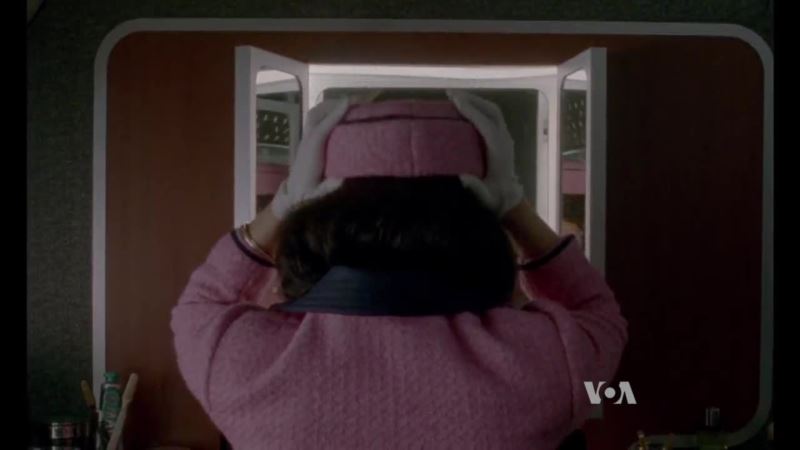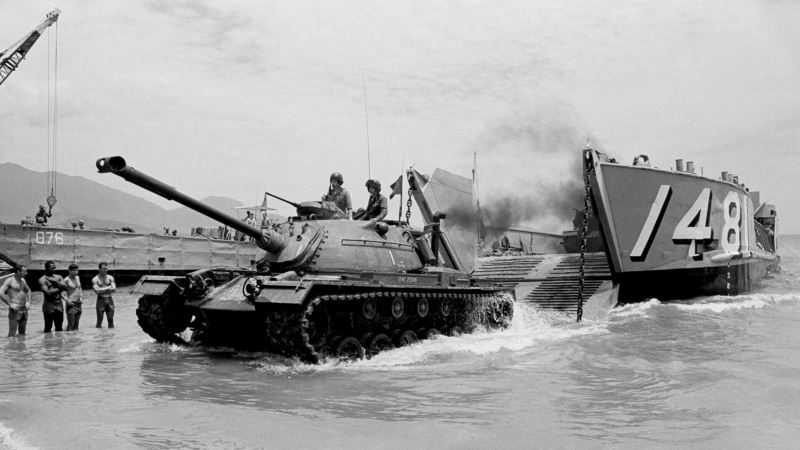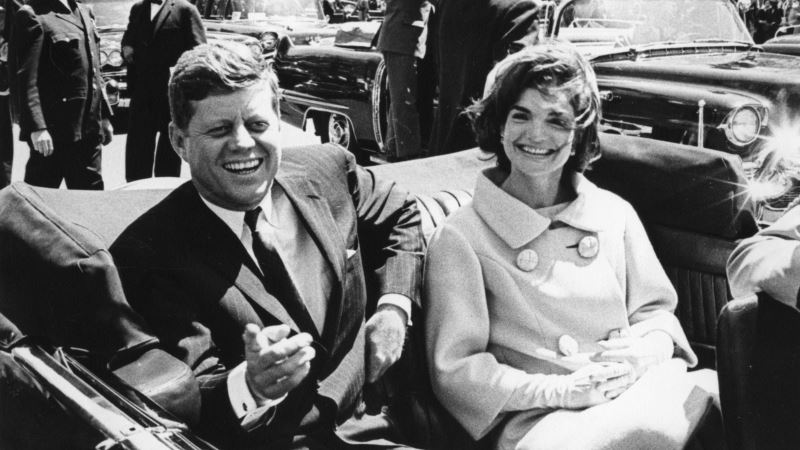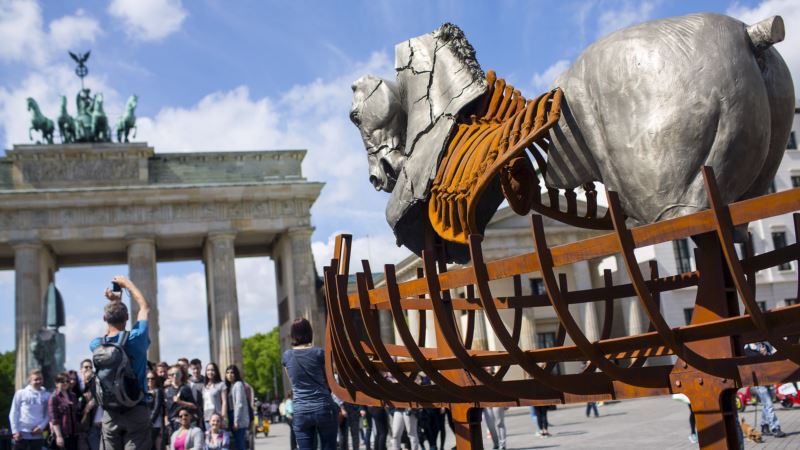In his psychological drama, Jackie, Chilean filmmaker Pablo Larrain paints an impressionistic portrait of First Lady Jackie Kennedy during the first days after her husband’s assassination on November 22, 1963. The film relies on anecdotal stories, newspaper clippings and archival footage and it is a cinematic attempt to peel off Jackie’s complex personality rather than to document JFK’s assassination. Larrain uses the tragedy to reveal Jackie’s complexities. He reconstructs her different faces: the innocent debutante, the fashion icon, the wife, the mother, the artful White House decorator, and the widow determined to maintain her husband’s legacy. This is Larrain’s first English feature film. A member of a political family himself, he understands how political realities shape a family. Also, his Chilean identity allows him a certain emotional detachment from the Kennedy family, as opposed to the attachment American filmmakers might feel. He told VOA that his portrait of the first lady is a composite of facts and fiction. “There are many things that we know that we produced from different sources,” he says. “But there are a lot of things that we do not know and we created them. This is why this is a movie, it is fiction, it is not a documentary.” Poetic license aside, Jackie script writer Noah Oppenheim penned Jackie Kennedy’s different personas based on archival material and his own memories of her. “I’ve been fascinated by Jackie Kennedy my whole life," he told VOA. "My mother was a big admirer of her. She saved all the newspapers and magazines. I would look through them when I was a little kid and I am a student of politics and American history and I have always admired her.” Academy award-winning Natalie Portman offers a tour de force performance as the enigmatic First Lady, sometimes vulnerable and demure, other times, cunning, ambitious and angry. “You obviously have to achieve the way they talk, the way they move, they look, so to get people to believe you enough to get into the movie,” she says, explaining the challenge of portraying such a well-known figure. “And then, of course, emotionally, it’s such an extreme experience that she went through, it’s almost impossible to relate to because you have grief in your life, you have tragedy, but this is such an epic scale and such a worldwide stage that she is really probably the only person in history who’s had this kind of experience, so, to really sort of try and get into that mindset was very extreme." Pablo Larrain mixes Jackie’s harrowing moments with flashbacks of happier days during the two years of her husband’s presidency. “The movie shows slices of memory,” he says. “Pieces of ideas; we all remember things about emotional things more than real facts and these memories, in the film are emotional memories. Not all of them make sense, not all of them are connected and that is why it feels real.” Jackie feels more like a psychological drama than a biopic. Jackie’s flashbacks of Camelot — an idealized representation of President John F. Kennedy’s administration — reveal happier moments but under the varnish of style, opulence and young ambition, they also hint at a darker side of the couple’s union, marked by infidelity and political pressures. But in the days after JFK’s assassination, Larrain reveals a much stronger Jackie, who quietly undertakes consoling her children, while having to move out of the White House, and creating a lasting image of John F. Kennedy with a legendary funeral procession. In moments of national grief, fear and uncertainty, Pablo Larrain’s Jackie was a First Lady who did not flinch, collecting her husband’s brain matter after he was shot dead and fell limp on her lap. She wore her bloody clothes all the way to Washington, DC, for the world to see, and walked next to her husband’s casket with her two small children by her side. A hard act to follow, especially when the line between fiction and reality is blurred.
‘Jackie’ Offers Fictional But Personal Look at an American First Lady






